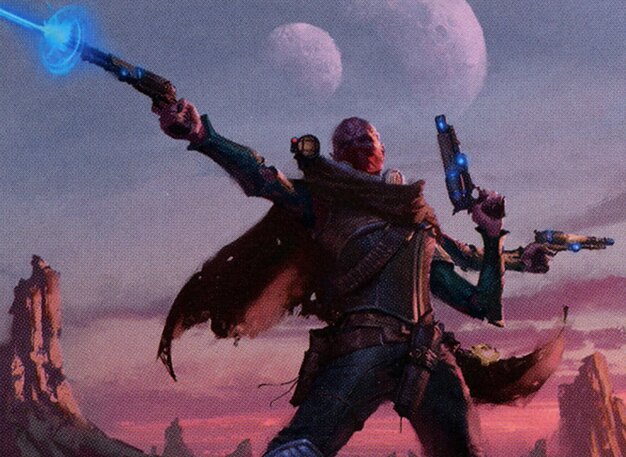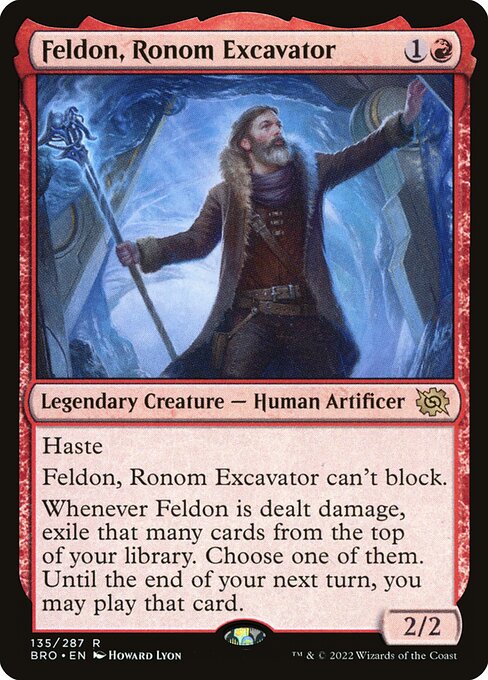Deck & Commander Strategies

Ghyrson Starn, Kelermorph
Utilizes artifact creatures and their transformation abilities to generate board presence and value, combining artifact synergies and incremental advantage to control the battlefield.

Feldon, Ronom Excavator
Focuses on graveyard recursion of creatures, using sacrifice outlets and repeated value plays to maintain pressure and recover key threats to overwhelm opponents.
Gameplay Insights
- 1
Feldon’s ability to consistently recur creatures from the graveyard shifted tempo and forced Ghyrson to respond quickly to maintain board control.
- 2
Ghyrson’s transformations of artifact creatures created ongoing threats that were difficult for Feldon to remove efficiently.
- 3
Both players prioritized protecting their key pieces to sustain their respective synergy chains, highlighting the importance of resource management in artifact and graveyard-based decks.
Notable Cards
-

Ghyrson Starn, Kelermorph
-

Feldon, Ronom Excavator
Gameplay Summary
The Duel Commander match between Ghyrson Starn, Kelermorph and Feldon, Ronom Excavator unfolded as a dynamic battle of artifact synergy and graveyard recursion.
Ghyrson's deck focused on leveraging artifact creatures and transforming them for incremental value, applying pressure through persistent board presence and disruptive plays.
Feldon’s strategy revolved around recurring powerful creatures from the graveyard to maintain tempo and capitalize on sacrifice outlets, aiming to overwhelm the opponent with value engines and resilient threats.
The game featured intense interactions centered around weaponizing the graveyard and artifact synergies, with both players maneuvering carefully to prevent the other from establishing a dominant board state.
The pivotal moments included Feldon successfully recurring key creatures that threatened to swing the board in his favor and Ghyrson exploiting artifact transformations to maintain board control.
Ultimately, the match showcased a back-and-forth struggle, with the win condition hinging on exploiting graveyard recursion and persistent artifact threats to outpace the opponent’s defenses.





















